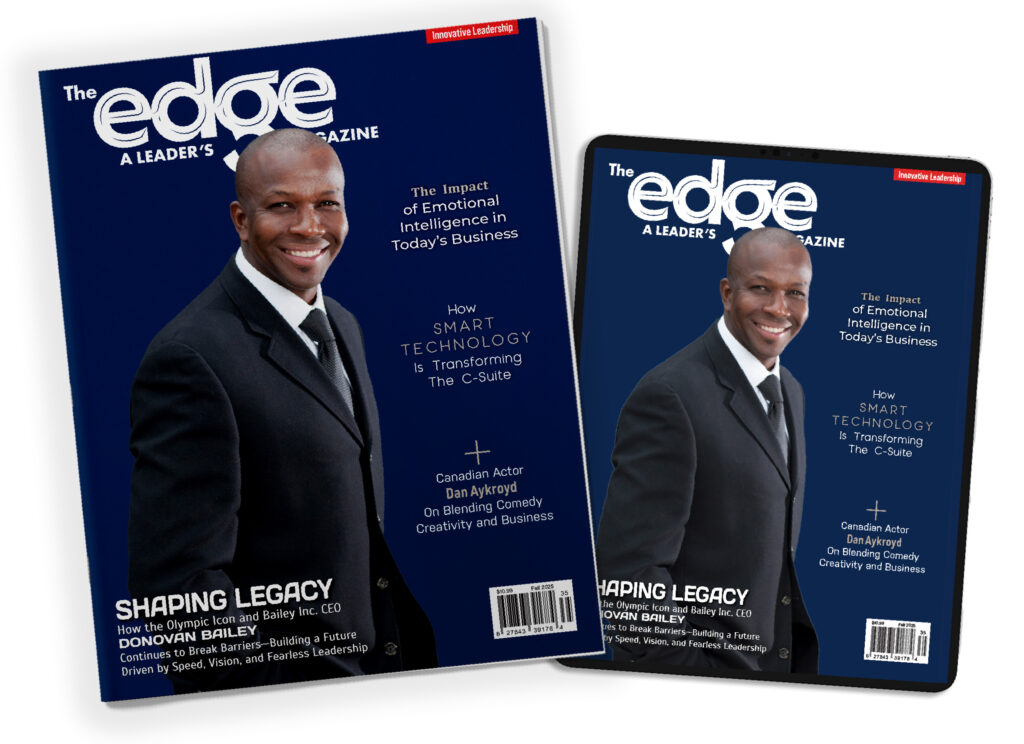The word “investing” may seem a bit scary, especially if you’ve never done it before. Luckily, there are a few simple basics that you can learn that will help you ask the right questions and protect and grow your money.
What is Investing?
If you think of a savings account as being the money you put aside for a rainy day, or an emergency, an investment is money that you have stashed away for a future goal such as retirement or a child’s education fund. An investment means that you are buying something with the promise that the money you spend will not disappear, but rather, will grow, or continue to make money on its own. This happens because the thing that you bought or invested in is making money, and so you get some of that money that is earned.
This is a long-term plan, and investing will not make you rich overnight; rather, it will take time for your money to grow and accumulate. Also, many investment plans include stipulations about when you can access your money, as well as how much of your money you can access at one time. Typically, you work with a financial advisor who will help you understand which investments are best for you, as well as how your money is doing and if you need to move your money around.
Terms You Should Know
Risk: The level of likelihood that an investment could cause you to lose some or all of the money you’ve invested. Typically, if an investment has the potential of making a lot of money, it also comes with a high degree of risk. Alternatively, the lower the risk of losing money, the less money you’ll make.
Principal: The amount of money you originally invested.
Return: The change in value of an investment over time. Or, the amount of money an investment makes on top of the original amount of money you invested.
Diversification: Having a mix of or multiple investments rather than putting all of your money into one investment. Typically, people have a mix of high-, medium -, and /or low-risk investments so they can guarantee that at least some of their money is growing, and they don’t lose everything while also making more money than if they’d only invested in low-risk plans.
Mutual Funds: A type of investment where you pool your funds together with other individual investors in order to buy securities such as bonds, stocks, or other investable assets.
Stocks: The investor has part ownership of a company, and is therefore entitled to an equal share of earnings that are paid out.
Bonds: Issued by all levels of government as well as corporations. These types of investments have a maturity date where they promise to pay a certain amount of money (also called interest) by a certain date. Once this date is reached, the investor will have their initial principal returned to them, and will also receive the interest that their investment has earned.
Types of Plans
TFSA: Tax-Free Savings Account
RRSP: Registered Retirement Savings Plan
RESP: Registered Education Savings Plan
RDSP: Registered Disability Savings Plan
RRIF: Registered Retirement Income Fund
What you Need in Order to Invest
When thinking about investing, you need to think about why you are planning to invest. In order to do this, it’s important to look at your finances and figure out your budget, or how much you can afford to invest in the first place, and this includes how much you can afford to lose. You also need to look at your financial goals, or what it is that you’re saving for, how long you plan to have your money in investments before you’ll need to access it, as well as how much risk you’re willing to take with your investments.
The government of Canada has plenty of resources on their website that can help; for instance, the Canadian Securities Administrators website is a great resource. Also, the provinces and territories have their own specific regulators; for instance, in Ontario, if you need to access unbiased investment resources, you’ll want to visit the Ontario Securities Commission website.
Lauren Schwartz | Staff Writer



















